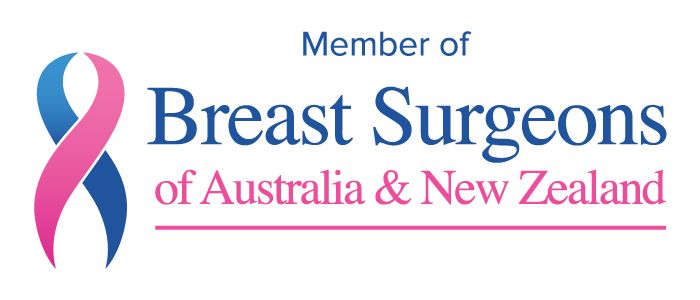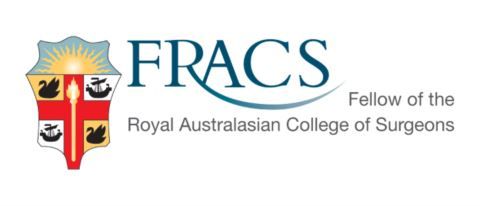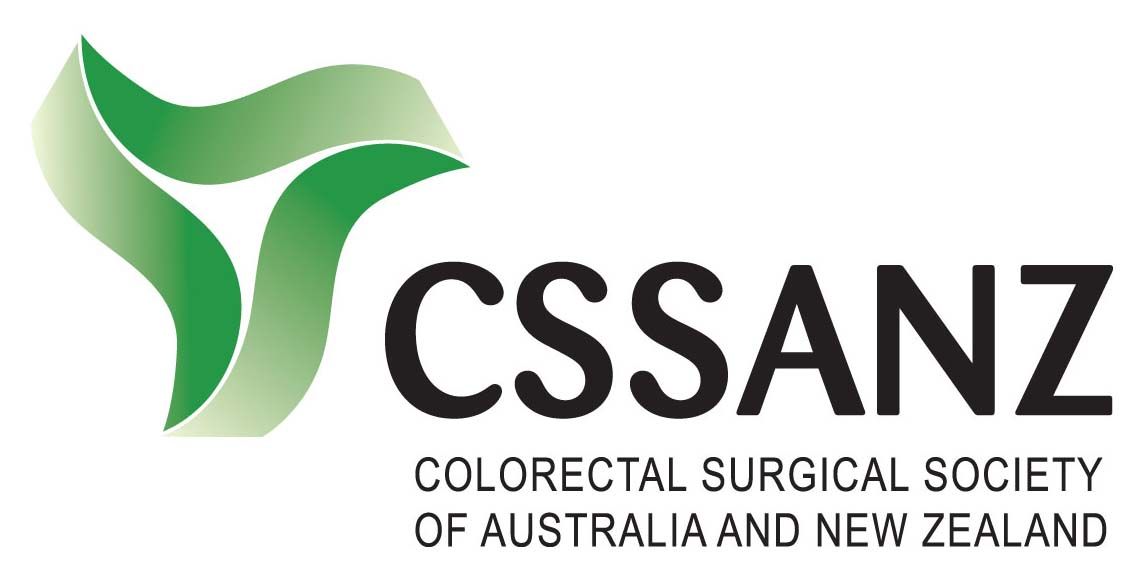Hernia Repairs
A hernia is an out-pouching of intra-abdominal contents through a defect, or hole in the muscle. The abdominal muscles and bones of the pelvis prevent abdominal contents from drooping out under normal circumstances. The skin and fat below the skin do not provide any strength and stretch if there is a hernia present. Hernias can occur anywhere in the abdomen, but most commonly occur at weak points where a small tear can start, and enlarge over time. The common weak points are:
• Inguinal – This is the most common spot in men, the weak point is near where the spermatic cord courses through the muscle.
• Femoral – Here the weak point is where the blood vessels to the thigh and leg pass through at the bottom of the pelvis.
• Umbilical – Hernias around the belly button are common and often present as an ‘outie’ type umbilicus.
• Incisional – Scar tissue after previous surgery is weaker than the surrounding muscle and can tear to form a hernia.
• Epigastric – Some people get hernias in the region between the belly button and the breast bone.
Symptoms of Hernia
There are frequently no symptoms of hernia. When they present, the common symptoms are:
• A lump that comes and goes and is more prominent on standing or straining.
• Pain, discomfort or ‘dragging’ sensation at the site.
• Incarceration or strangulation.
How is the hernia repaired?
The principle of hernia repair is to reduce the contents back into the abdominal cavity and close the muscle. There are various techniques for closing the muscle and your surgeon will discuss the options and make recommendations in your instance. Laparoscopic is the most common method of repair, although it is not suitable for everyone. The advantage of laparoscopic repair is that there is less pain and therefore a quicker return to normal and sporting activities.
The post-operative course
The post operative course is different for each person. Most patients stay one night in hospital, although many elect to go home on the same day. A follow-up appointment is made if required. You may eat and drink normally, and walk around straight away. Heavy lifting and vigorous sports should be avoided for 6 weeks after the surgery. Dressings can be removed after a week.
Suite 4, Manera Plaza
77 Myall Street
Dubbo NSW 2830
Dr Dean A Fisher
MBBS FRACS
Provider No.206853AK
Dr Angelina Di Re
MBBS MS FRACS CSSANZ
Provider No: 450164PF



